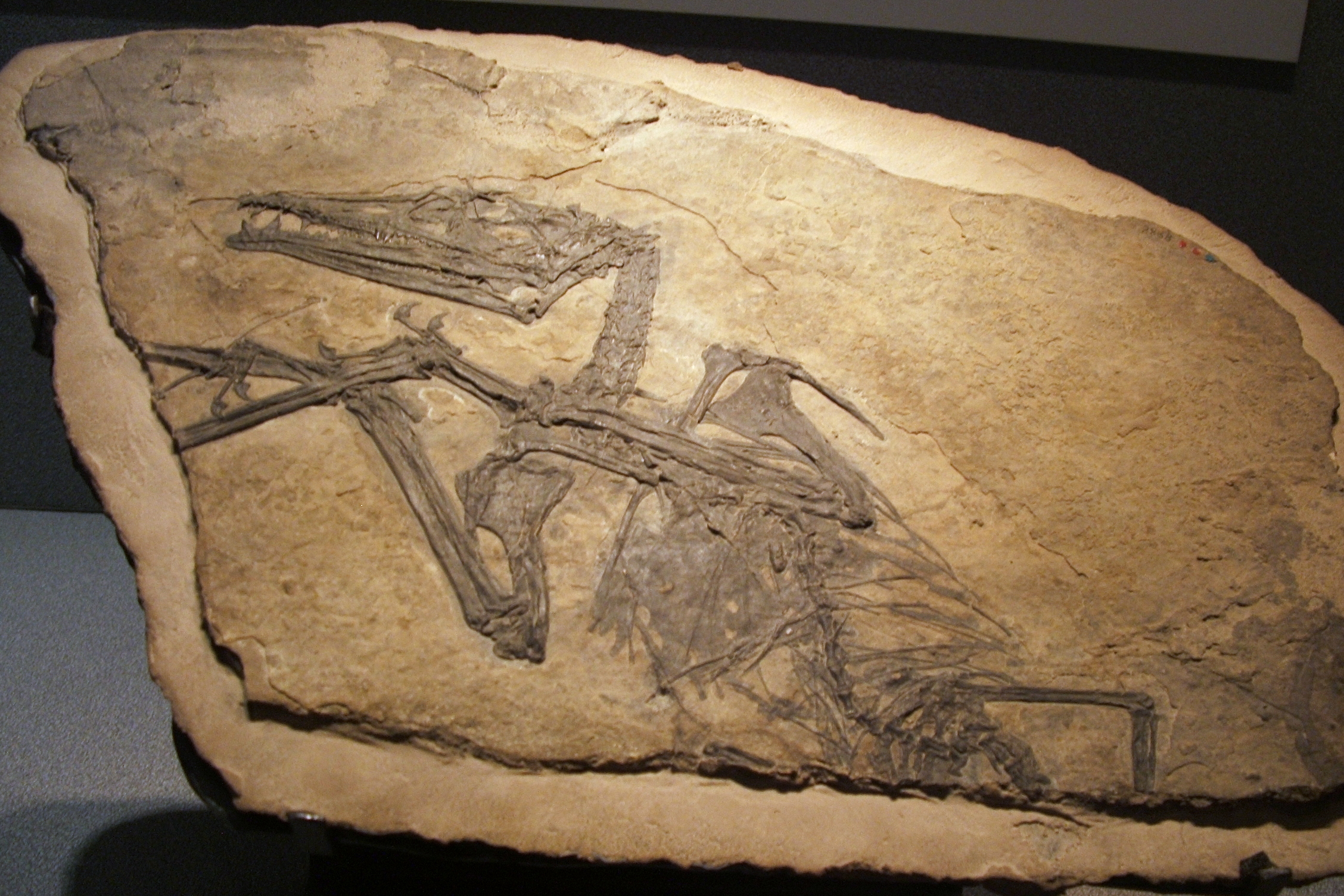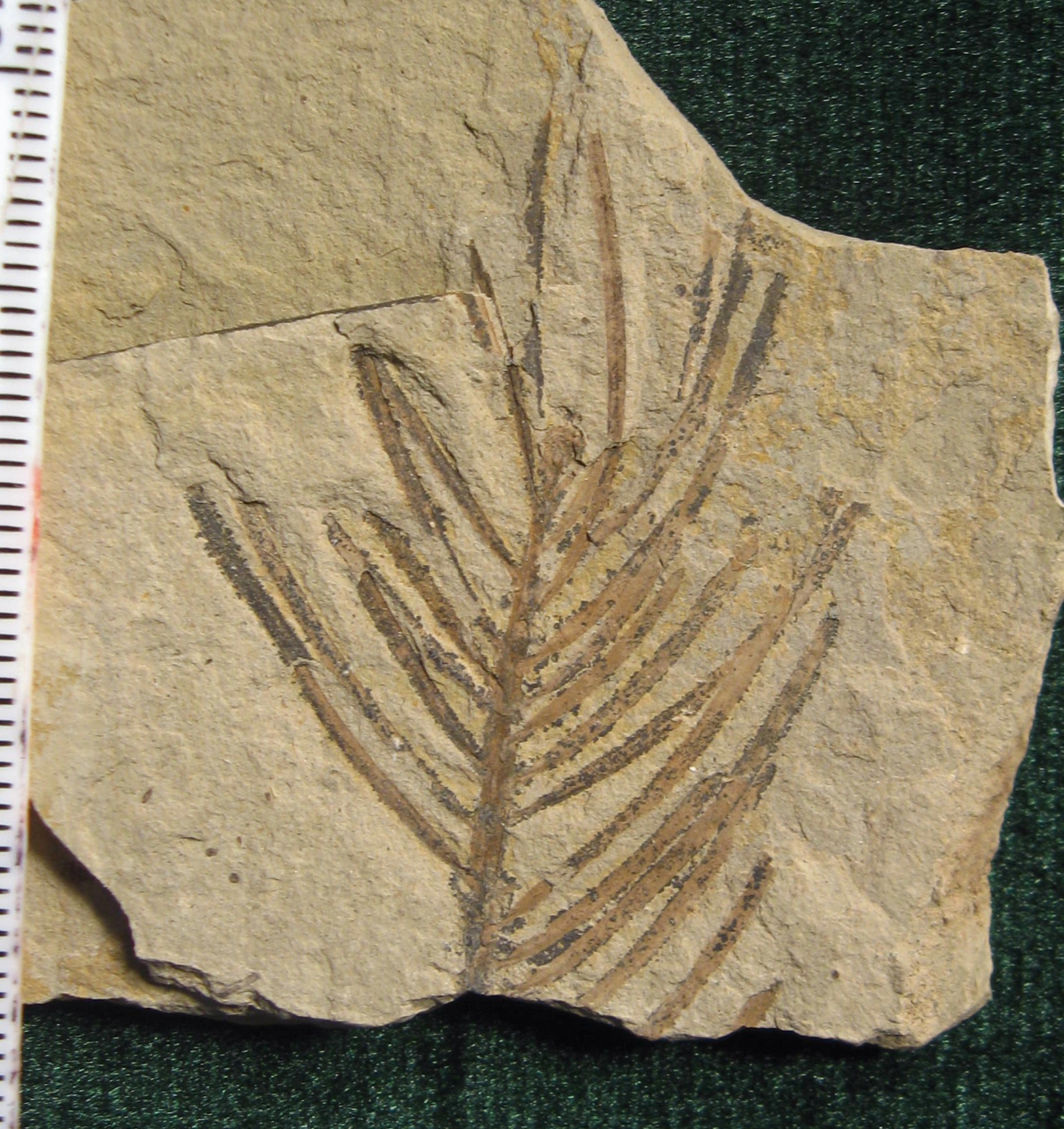|
Eudimorphodon
''Eudimorphodon'' was a pterosaur that was discovered in 1973 by Mario Pandolfi in the town of Cene, Italy and described the same year by Rocco Zambelli. The nearly complete skeleton was retrieved from shale deposited during the Late Triassic (mid to late Norian stage),Wellnhofer, P. (1991). "Summary of Triassic Pterosaurs." ''The Illustrated Encyclopedia of Pterosaurs.'' London, UK: Salamander Books Limited. p. 67. . making ''Eudimorphodon'' one of the oldest pterosaurs known.Cranfield, I. ''The Illustrated Directory of Dinosaurs and Other Prehistoric Creatures''. London: Salamander Books, Ltd. Pp. 280–281. It had a wingspan of about and at the end of its long bony tail may have been a diamond-shaped flap like in the later ''Rhamphorhynchus''. If so, the flap may have helped it steer while maneuvering in the air. ''Eudimorphodon'' is known from several skeletons, including juvenile specimens. Discovery and species ''Eudimorphodon'' currently includes one species, the type s ... [...More Info...] [...Related Items...] OR: [Wikipedia] [Google] [Baidu] |
Arcticodactylus
''Arcticodactylus'' is a genus of basal pterosaur living during the Late Triassic in the area of present Greenland. Its only species was previously attributed to ''Eudimorphodon'', and its closest relatives may have been ''Eudimorphodon'' or '' Austriadraco''. History of discovery In 1989, William Amaral on the McKnight Bjerg in the east of Greenland discovered a rich fossil site. It was excavated in 1991 and 1992. Part of the material was a small skeleton of a pterosaur. In 2001, Farish Jenkins, Neil Shubin, Stephen Gatesy and Kevin Padian named and described it as a new species of ''Eudimorphodon'': ''Eudimorphodon cromptonellus''. The specific name honors Professor Alfred Walter Crompton. The suffix ''~ellus'', in Latin indicating a diminutive, alluded to the small size of the specimen. The holotype, MGUH VP 3393, was found in the Carlsberg Fjord Beds of the Ørsted Dal Member of the Fleming Fjord Formation dating from the Norian – Rhaetian. It consists of a partial ske ... [...More Info...] [...Related Items...] OR: [Wikipedia] [Google] [Baidu] |
Carniadactylus
''Carniadactylus'' is a genus of pterosaur which existed in Europe during the Late Triassic period (late Carnian or early Norian, about 228 million years agoBarrett, P. M., Butler, R. J., Edwards, N. P., & Milner, A. R. (2008). Pterosaur distribution in time and space: an atlas. ''Zitteliana'', 61-107/ref>). The genus contains a single species, ''Carniadactylus rosenfeldi''. Description ''Carniadactylus'' was similar in appearance and anatomy to its close relative ''Eudimorphodon'', though it was significantly smaller. Like ''Eudimorphodon'', it is notable for its complex multi-cusped teeth. Despite their similarities, the size difference between these two pterosaurs likely meant that they occupied different niches and relied on different food sources. This is supported by studies of their teeth. While similar in construction, the teeth of ''Carniadactylus'' show little to no wear, unlike the larger, fish-eating ''Eudimorphodon'', which may have been able to chew its food. The sma ... [...More Info...] [...Related Items...] OR: [Wikipedia] [Google] [Baidu] |
Austriadraco
''Austriadraco'' is a genus of pterosaur living during the Late Triassic in the area of present Austria. Its only species—''Austriadraco dallavecchiai''—was previously attributed to ''Eudimorphodon'', and its closest relatives may have been ''Eudimorphodon'' or ''Arcticodactylus''. Discovery In June 1994, near Seefeld in Austrian Tirol, at a 1600 metres high mountain trail to the ''Reither Spitze'', in the vicinity of the ''Reither Joch-Alm'', Bernd Lammerer discovered a pterosaur skeleton. The remains have been secured as five stone plates, removed on several occasions. In 2003, Peter Wellnhofer identified the fossil as a specimen of ''Eudimorphodon'', a cf. ''E. ranzii''. As it was 10 to 25% shorter than the latter's holotype, Wellnhofer considered it a juvenile. The same year Fabio Marco Dalla Vecchia doubted the comparability to ''E. ranzii'' and suggested that it represent a separate ''Eudimorphodon'' species. In 2009, Dalla Vecchia concluded that the specimen was ne ... [...More Info...] [...Related Items...] OR: [Wikipedia] [Google] [Baidu] |
Pterosaur
Pterosaurs (; from Greek ''pteron'' and ''sauros'', meaning "wing lizard") is an extinct clade of flying reptiles in the Order (biology), order, Pterosauria. They existed during most of the Mesozoic: from the Late Triassic to the end of the Cretaceous (228 to 66 million years ago). Pterosaurs are the earliest vertebrates known to have evolved flying and gliding animals, powered flight. Their wings were formed by a membrane of skin, muscle, and other tissue (biology), tissues stretching from the ankles to a dramatically lengthened fourth finger. There were two major types of pterosaurs. Basal pterosaurs (also called 'non-pterodactyloid pterosaurs' or 'rhamphorhynchoids') were smaller animals with fully toothed jaws and, typically, long tails. Their wide wing membranes probably included and connected the hind legs. On the ground, they would have had an awkward sprawling posture, but the anatomy of their joints and strong claws would have made them effective climbers, and some ... [...More Info...] [...Related Items...] OR: [Wikipedia] [Google] [Baidu] |
Cene, Lombardy
Cene (Bergamasque: ) is a ''comune'' (municipality) in the Province of Bergamo in the Italian region of Lombardy, located about northeast of Milan and about northeast of Bergamo. Cene borders the following municipalities: Albino, Bianzano, Casnigo Casnigo (Bergamasque: ) is a ''comune'' (municipality) in the Province of Bergamo in the Italian region of Lombardy, located about northeast of Milan and about northeast of Bergamo. Casnigo borders the following municipalities: Gandino, C ..., Cazzano Sant'Andrea, Fiorano al Serio, Gaverina Terme, Gazzaniga, Leffe. References External links Official website {{Bergamo-geo-stub ... [...More Info...] [...Related Items...] OR: [Wikipedia] [Google] [Baidu] |
1986 In Paleontology Plants Pinophytes Angiosperms Newly described insects Molluscs Bivalves Fish Dinosaurs Newly named dinosaurs Data courtesy of George Olshevsky's dinosaur genera list. Newly named birds Plesiosaurs New taxa Pterosaurs * Fossil jaw fragments containing multicusped teeth were found in Dockum Group rocks in western Texas. One fragment, apparently from a lower jaw, contained two teeth, each with five cusps. Another fragment, from an upper jaw, also contained several multi-cusped teeth. These finds are very similar to the pterosaur genus ''Eudimorphodon'' and may be attributable to this genus, although without better fossil remains it is impossible to be sure.Wellnhofer, Peter (1991). "Summary of Triassic Pterosaurs." ''The Illustrated Encyclopedia of Pterosaurs.'' London, UK: Salamander Books Limited. p. 67. . New taxa Synapsids Mammals References {{portal, Paleontology Paleontology Paleontology (), also spelled pala |


